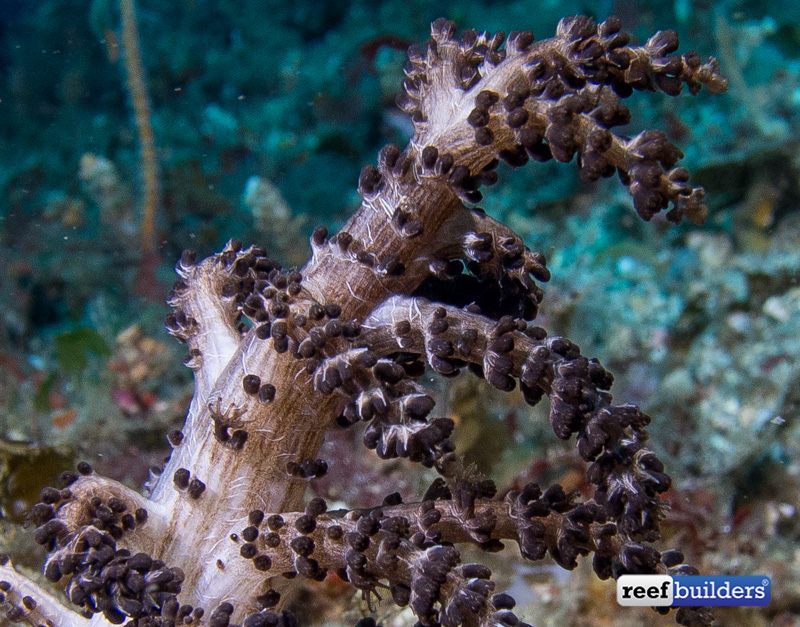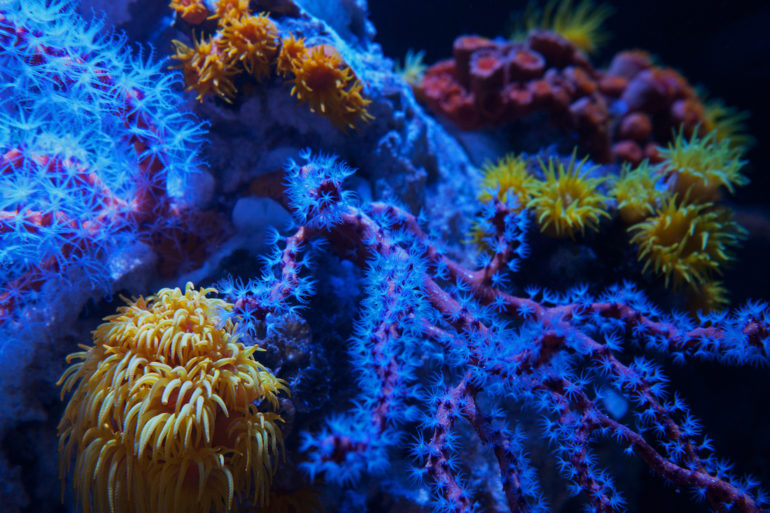NPS coral specialist Florian Gaudig gives us the lowdown on how to select NPS corals, which ones we should try, which ones we should avoid, and what to feed them.
Many new and seasoned reefing hobbyists find themselves struggling when it comes to the topic of NPS corals. These breathtakingly beautiful corals are often the first specimens capturing a reefer’s attention online or at their local reefing shop. Pair that initial interest with the fact that there is a lot of misinformation regarding these species being given online or by LFS employees and you’ve got yourself a perfect storm, often ending in the demise of your newly acquired marine pet.
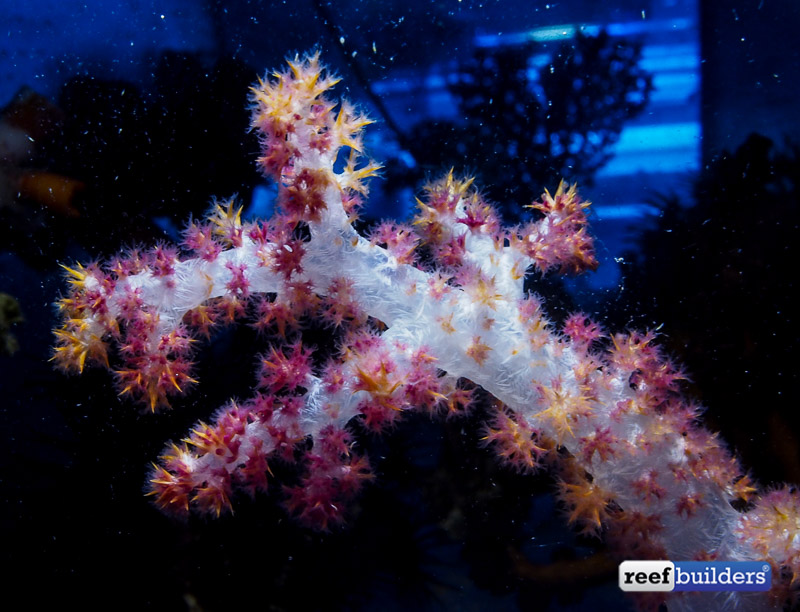
I still remember vividly inquiring at my LFS about a stunning Dendronephthya in my early reefing days and being told that I should feed some phytoplankton once every couple of days for optimal health.
In this guide, I would like to take a brief look at the different groups of NPS and recommend a few species that are relatively easy to care for and can successfully be kept in the home aquarium for many years. It is also made to signify a few species that should not be purchased as there are no or very few documented success stories with these animals.
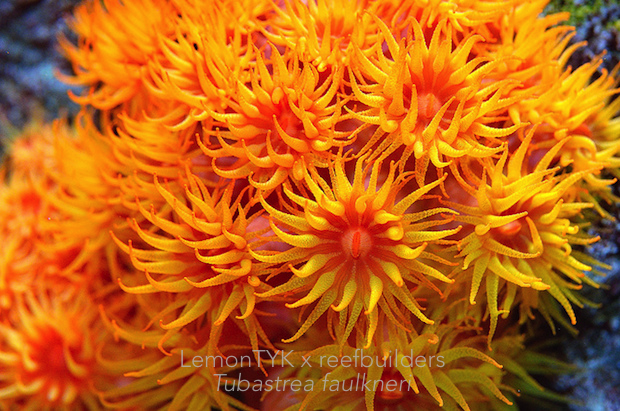
A short Introduction to NPS Corals
Non-photosynthetic (NPS) also called azooxanthellate or non-symbiotic corals lack endosymbiotic zooxanthellae used by many shallow-water and reef-building species for nutrient production. These reef animals are not restricted to photic zones in a reef as they don’t need light to thrive and can inhabit caves, overhangs, and deep reefs. To meet their dietary needs, they must capture and digest different types of plankton from the water column. Our reef tanks usually have strong lighting and a low plankton concentration, making it inevitable to feed NPS corals for long-term health.
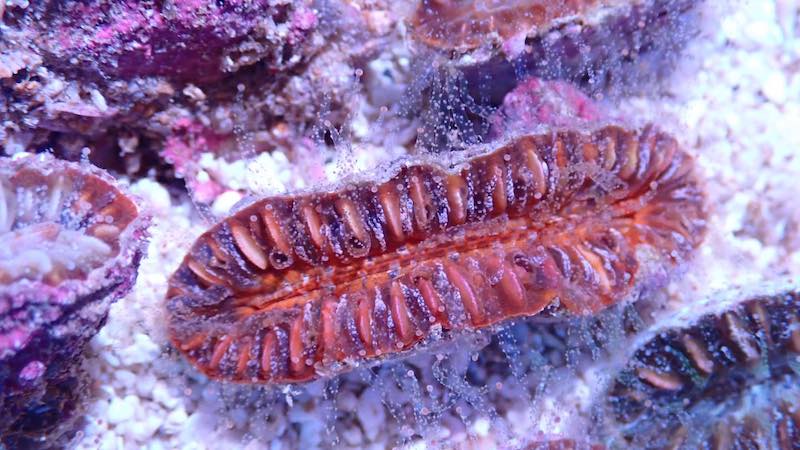
Large Polyp NPS Corals
There are different large polyp species of azooxanthellate corals available for the aquarium industry. These scleractinians are easier to feed than their small polyp counterparts due to their ability to catch larger food particles such as adult Artemia or Mysis. For dipping your toes into the world of NPS, Tubastraea spp. are a great starting point. The genus Tubastraea also offers a variety of difficulties, as the black-colored species Tubastraea micranthus and Tubastraea diaphana are more sensitive and difficult to keep compared to the orange and pink-colored Tubastraea coccinea, Tubastraea faulkneri and other species.
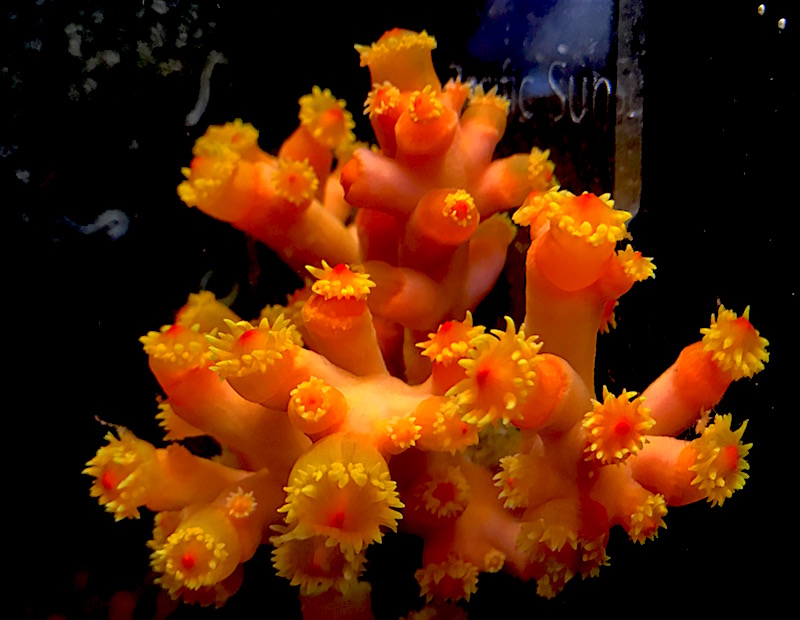
Care should be taken when it comes to specimens collected from deeper waters such as Truncatoflabellum sp. or some species of Dendrophyllia. Even though they are as easy to feed as their shallow water cousins, these can be problematic to acclimate to warmer temperatures and might require a special, climate-controlled system. Every species of LPS-NPS should be fed a few times a week for optimal health.
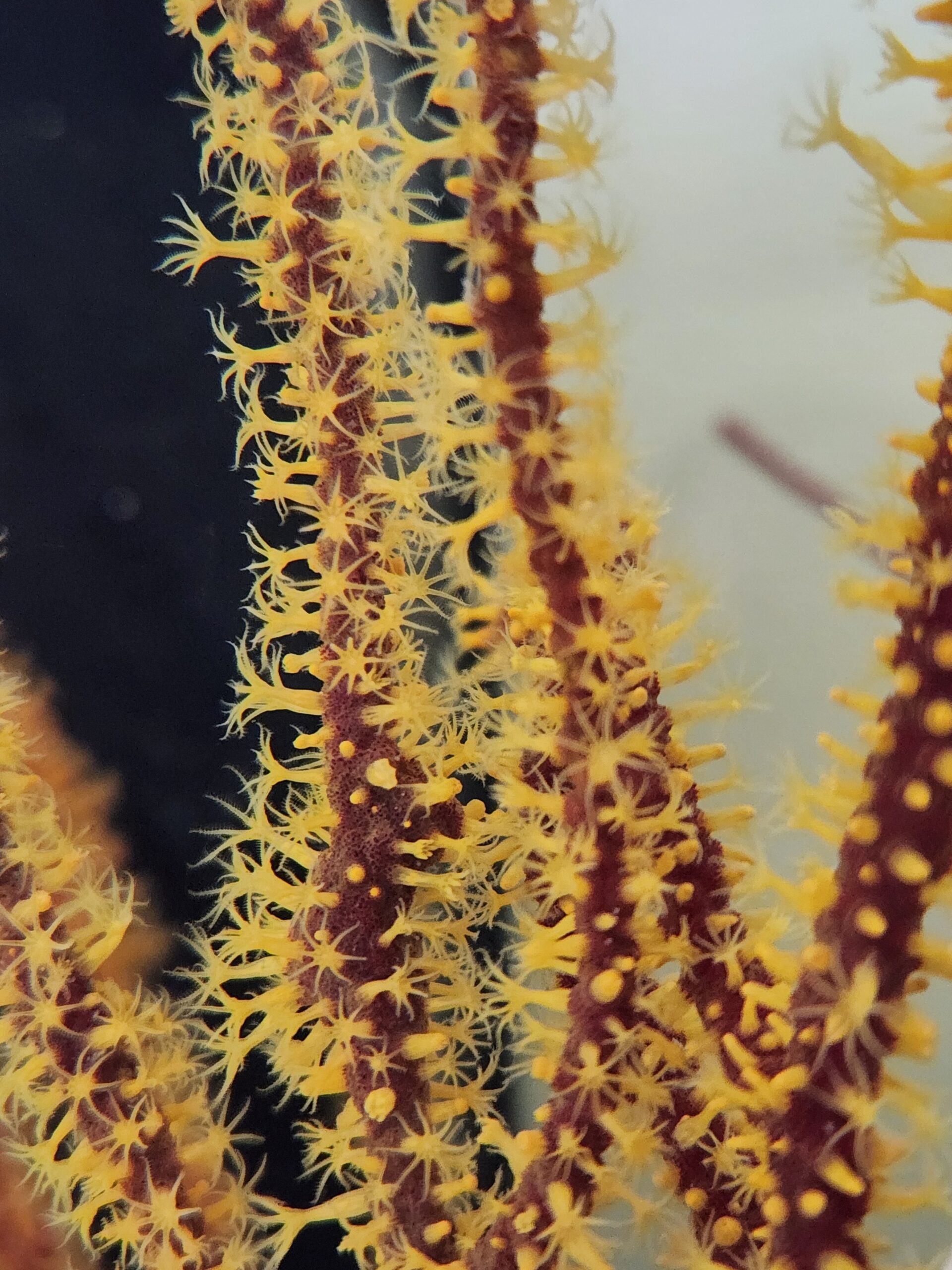
Azooxanthellate Gorgonians
One group of corals that puts their photosynthetic relatives to shame in terms of beauty and color are NPS gorgonians. These small polyp Octocorallia are often considered notoriously difficult to care for in the home aquarium. However, with the right selection of species and a good feeding regimen, a few species can be kept with relative ease in our artificial reefs. It’s important to note that identification of gorgonians is a very difficult process so the names that these corals are sold as in the trade have a chance of being incorrect.
Any reefer trying to cultivate NPS gorgonians at home should start with an orange/yellow Menella sp. or Swifita exserta. Both species have shown to do well long-term with just a few feedings a week. Small particulate or frozen foods such as micronized Calanus, frozen or preserved Copepods, or Artemia nauplii can be used to provide optimal nutrition.
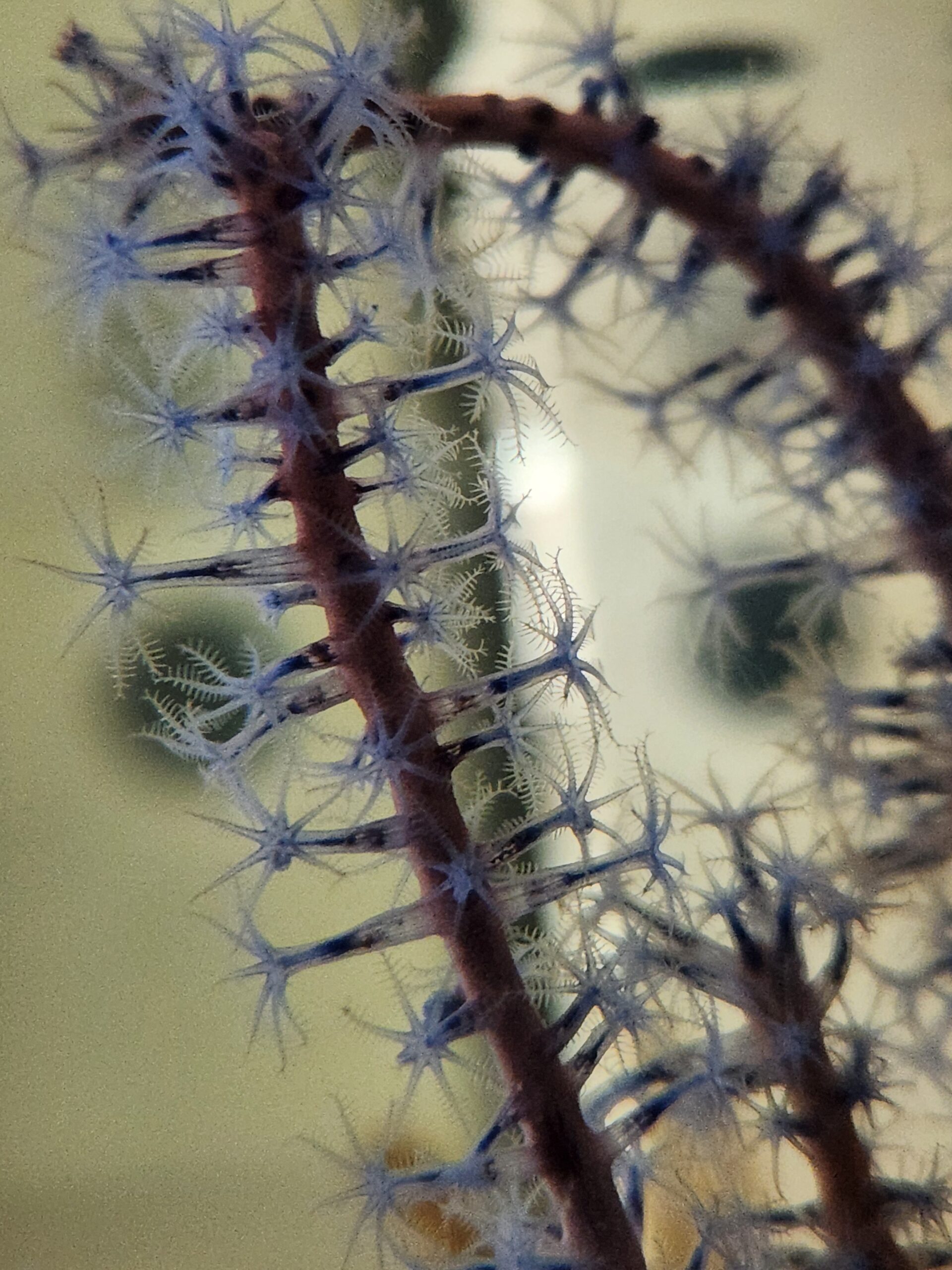
The blue gorgonian commonly sold as Euplexaura sp. or the purple Guaiagorgia anas are more difficult to keep, requiring daily feedings and higher food concentrations in the water column.
Any reefer should stay away from the “Blueberry Gorgonian”, sold as Acanthogorgia. We still haven’t figured out what it takes to keep these species alive long-term in the aquarium. These animals are the “cut flowers” in the hobby, slowly withering away over the course of a couple of months.
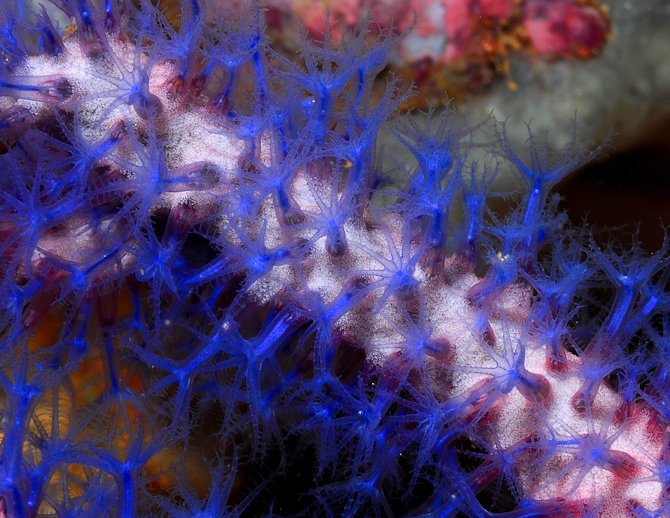
Non-Photosynthetic Soft Corals
NPS soft corals are not as abundant in the reefing hobby, with only a few genera being sold commercially. For any reefer wanting to keep these, Nephthyigorgia sp. or Alcyonium sp. should be the starting point. Care is similar to the easier gorgonians, although they should be fed every day.
Advancing in difficulty but also on the easier side are Studeriotes longiramosa, formerly known as Sphaerella. This species should be fed with a mixture of finer food particles, such as rotifers and micronized Calanus. Like the “Blueberry Gorgonian”, Dendronephthya and Chironephthya should only be purchased with experimental intent, trying different approaches to finally figure out what it takes to keep these genera in captivity.
